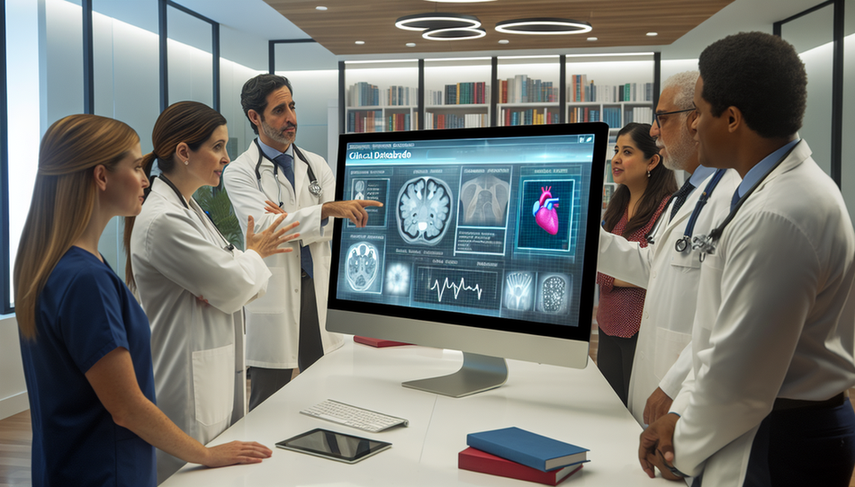Symptoms and Differential Diagnoses: The Importance of Clinical Databases for Automated Medical Software Evaluation

In the medical field, the precise identification of symptoms and differential diagnoses is crucial for the effective treatment of patients. The integration of a clinical database for automated evaluation has become an essential tool to enhance diagnostic accuracy and optimize response time. The use of advanced medical software allows healthcare professionals to access detailed and up-to-date information, facilitating informed clinical decision-making.
Diving Deeper into Automated Evaluation
The implementation of automated evaluation technologies in clinical practice has proven beneficial across various areas of medicine. For instance, a recent study demonstrated how a deep learning model can improve differential diagnosis in dermatology by automatically mapping the anatomical regions of skin lesions. This approach not only increases accuracy but also standardizes the evaluation of lesions, which is crucial for dermatological interventions.
In the context of infectious diseases, automated electronic alert systems for sepsis have been the subject of study. Although these systems can enhance care processes, their positive predictive value remains a challenge, as detailed in a systematic review. Nevertheless, the ability of these systems to quickly identify potential sepsis cases underscores the importance of automation in improving clinical outcomes.
Furthermore, in the field of oncology, automated detection of pulmonary nodules using computer-aided tomography has shown high sensitivity and low false positive rates, reinforcing its clinical utility. Such tools not only facilitate early cancer detection but also provide precise volumetric measurements, essential for patient monitoring and treatment.
Conclusions
The integration of clinical databases and automated evaluation in medical practice not only enhances diagnostic accuracy but also optimizes time and resources in patient care. As technology continues to advance, it is crucial for healthcare professionals to stay updated on the latest medical software tools available. The ability of these technologies to process large volumes of data and provide accurate and rapid diagnoses represents a significant advancement in modern medicine.
References
- [1] Improved diagnosis by automated macro- and micro-anatomical region mapping of skin photographs
- [2] Diagnostic accuracy and effectiveness of automated electronic sepsis alert systems: A systematic review
- [3] Toward clinically usable CAD for lung cancer screening with computed tomography
Created 24/1/2025
